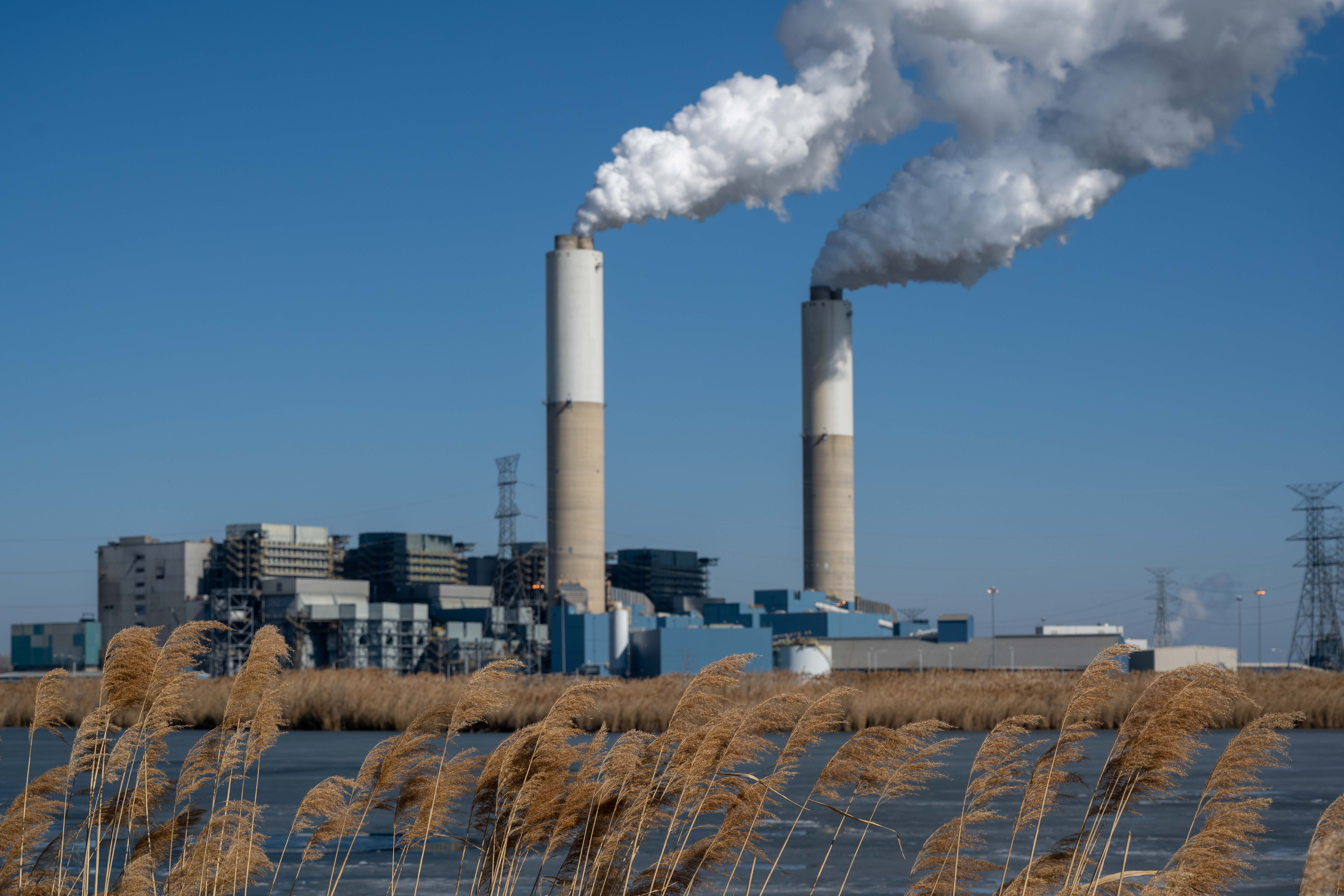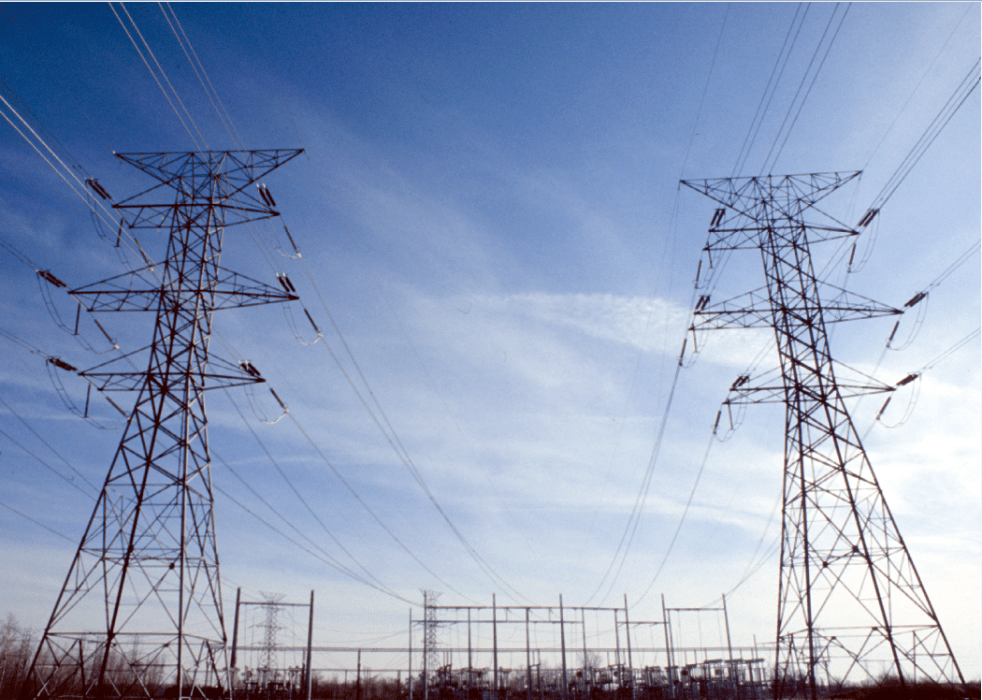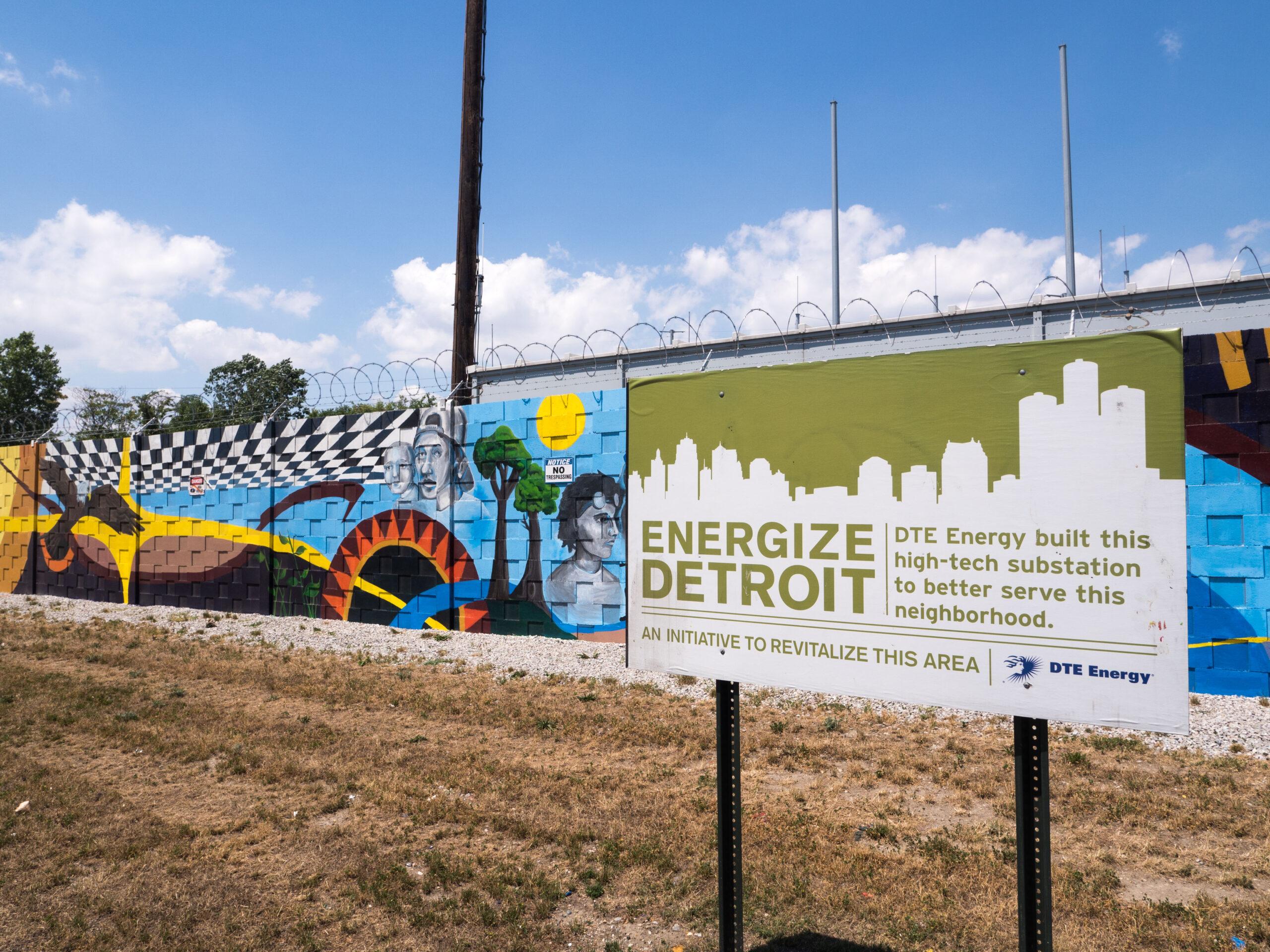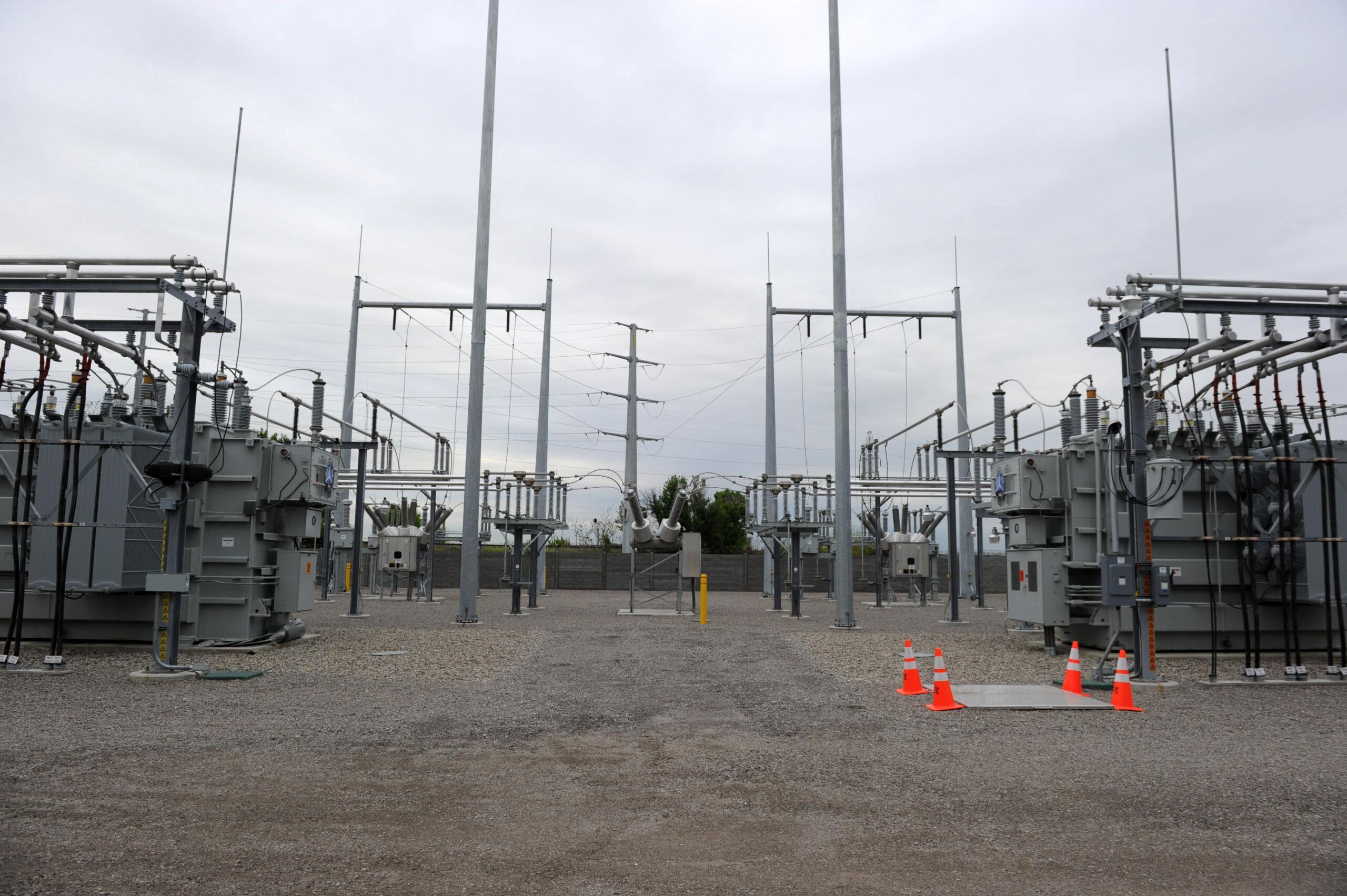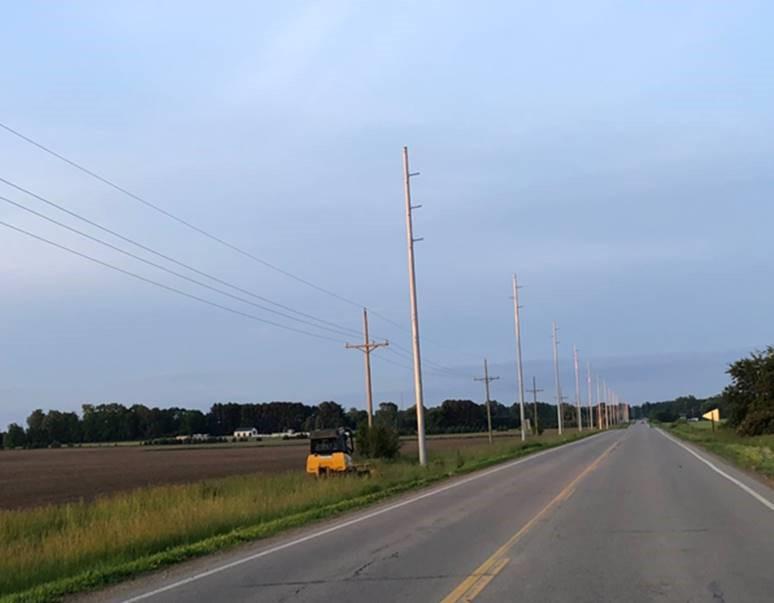It is second nature to simply flip a switch to turn the lights on. But getting the electricity that lights your home or business to you is more complex. There are three main stages of delivering energy to our customers: generation, transmission and distribution. Throughout this blog, use the graphic above to follow how electricity travels to you.
GENERATION
At DTE Energy, we generate electricity in nuclear, natural gas and coal power plants; on wind turbine farms; through solar arrays and more. Because these generation stations are sometimes located far from the communities we serve, electricity must travel long distances to reach customers.
After power is generated, we prepare it to make the journey to homes and businesses. We do that by sending the electrical power through transformers to increase its voltage (the force that pushes electrical power through wires). Electricity naturally loses some of its energy as it travels along the power lines, so raising the voltage is important to ensuring the right amount of power is delivered to our customers.
TRANSMISSION
Next, the high-voltage electric power leaves the generation station and travels along very tall power lines called transmission lines. These lines are built high in the sky to keep them away from trees and people, since the high voltage lines can cause fatal injuries if contact is made. The power will continue to move along transmission lines until it reaches a station.
Stations
Stations contain a collection of wires and electrical equipment that either increase or decrease power’s voltage. In the case of the graphic above, the station decreases the voltage to medium voltage. The power then leaves the station on tall power lines called sub-transmission lines. These lines continue carrying power toward your neighborhood at medium voltages.
DISTRIBUTION
When the electric power gets close to your neighborhood, it must be prepared to safely be delivered to you. This happens at a substation.
Substations
The power enters the substation, which looks similar to a station. Substations are essential sets of equipment that transfer power from the grid to a voltage level your home or business can use. A transformer is used to decrease the power to low voltages. The power then leaves the substation on shorter power lines called distribution lines. The distribution lines are the utility poles and wires you see strung along roadways in your local community.
Once power reaches its destination, the voltage is lowered one last time by a transformer connected to the utility pole and is delivered right to your home or business.
SUMMARY
Power is created at generation plants — it is then increased to a high voltage and leaves the plants. The power travels along transmission lines to a station, where it is lowered to medium voltage. From there, power travels on DTE’s sub-transmission lines to a substation. There, the voltage is lowered again to a level safe for homes and businesses. Finally, the power travels along distribution lines to your community. The power’s voltage is lowered a final time by a transformer attached to the power lines. The electricity is then safely delivered directly to your home or business.
IMPROVING RELIABILITY
Our team is constantly working to improve our infrastructure to ensure our power distribution system is efficient and runs smoothly. Our improvement work will help increase reliability in your neighborhood, so when you flip a switch, you can rest assured your lights will turn on.


